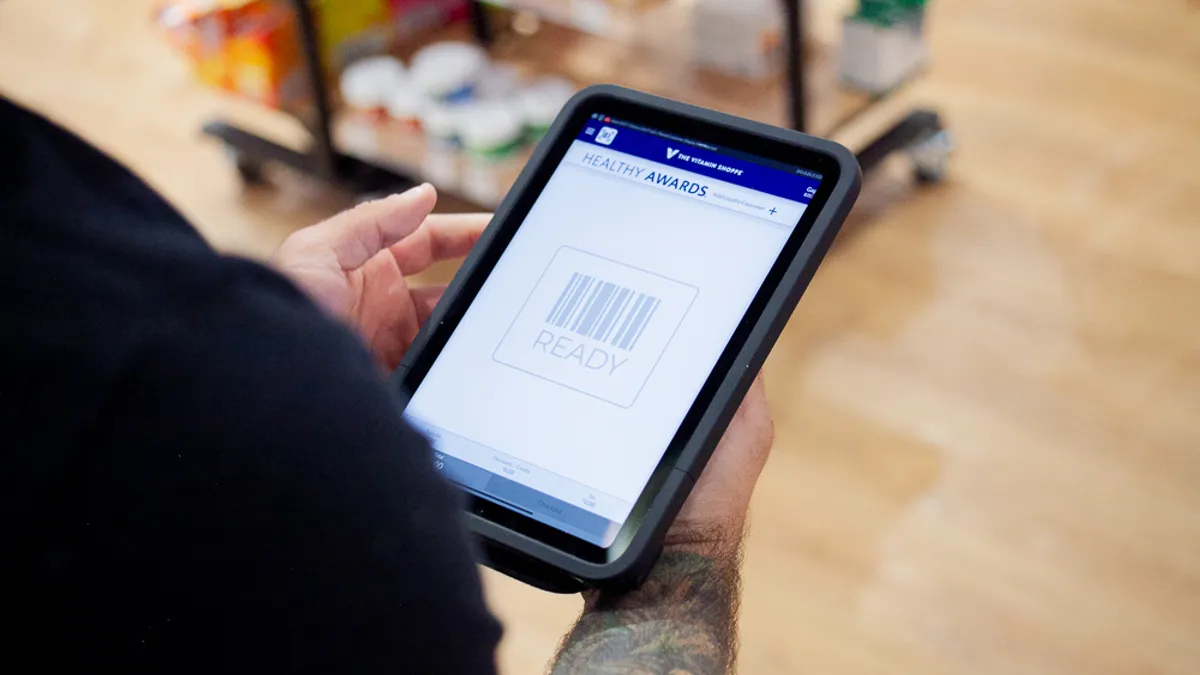For years, taxpayers could only electronically file their taxes with tax preparation companies like TurboTax and H&R Block, which often directed taxpayers to paid products over free ones.
This year, the federal government is taking a swing at offering a free tax filing product.
The roll out of its pilot, dubbed Direct File, is part of the agency’s renewed focus on customer service and its goal to meet customers where they are. As the IRS looks to build on last year’s success in improving taxpayers’ experience, the agency is expanding in-person and call services, making improvements to its online tool letting taxpayers know the status of their refunds and — piloting Direct File.
“Direct File is an important innovation in our ongoing efforts to transform the IRS and lead the agency into a digital, more taxpayer-focused future,” IRS Commissioner Danny Werfel said in a prepared statement in late January.
The IRS launched the site for Direct File last week, but it won’t offer it to the public until mid-March. In the meantime, users can assess their eligibility and sign up to be notified when the product goes live.
The IRS is “starting small to get it right,” the agency tells taxpayers on its website in explaining why the pilot is offered to a smaller group of taxpayers. As part of the agency’s goal of getting it right, it focused on the ease of users’ experience as well as scalability.
The IRS’ UX journey
The Direct File project is the product of seven months of work by tax experts, digital product specialists, engineers, pilot strategists and data scientists from across the federal government, according to Werfel.
The IRS had more than 100 taxpayers test the pilot, from the first prototype to the version that is available today, and made changes to improve its ease of use.
After taxpayers told the IRS the first screener to determine eligibility to use the service was confusing and hard to understand, the agency completely redesigned it, an IRS spokesperson told CX Dive. The IRS’ current screener, shown during a press call, appears intuitive, asking a series of guided questions to determine taxpayers eligibility to use the service.
The agency ensured its user research included a diverse group of tax filers, including those with accessibility needs and Spanish language speakers.
Among the changes the agency made after feedback from Spanish language filers was including a Spanish language button to allow taxpayers to toggle back and forth between English and Spanish whenever they choose.
The agency is also testing the ability to seamlessly file federal and state taxes. Tax filers in Massachusetts, Arizona and New York will be able to log in via their state’s filing tool, transfer their federal return information and answer a few additional questions to be able to file their state return, a spokesperson said.
The IRS will also staff Direct File customer service representatives to speak with taxpayers via live chat, Monday through Friday, 7 a.m. to 10 p.m., the spokesperson said.
“These customer service reps sit right next to our product team, with the objective of providing taxpayers with a seamless experience,” Werfel said.
IRS will determine the pilot’s success based on a number of CX and UX metrics, including looking at the number of people who start a return with Direct File but don’t complete it as well as the rate of rejected returns.
Building for scalability
The IRS is only offering the initial pilot to taxpayers in 13 states with certain types of income and who claim certain credits.
“We’re starting small: as the filing season begins, the pilot is undergoing continuous testing with taxpayers, so we can identify and resolve issues,” Werfel said.
Ayushi Roy, deputy director of New America’s New Practice Lab, told CX Dive that the IRS was aiming to treat this as a learning experience. It had learned from the rollout of healthcare.gov, that it would be best to start small.
“Our report to Congress said that for Direct File to keep pace with changes to the tax code, the IRS would need to develop scalable, configuration-driven technology, and we’ve done just that,” Werfel said. “For example, potential changes to the Child Tax Credit, currently under consideration by Congress, could be implemented in Direct File in less than a day.”
One of the IRS’ goals is to make sure taxpayers don’t leave money on the table, a spokesperson said. With its limited scope and limited credits, Direct File will direct taxpayers to other tax software if it appears that taxpayers will get back more money elsewhere.





















